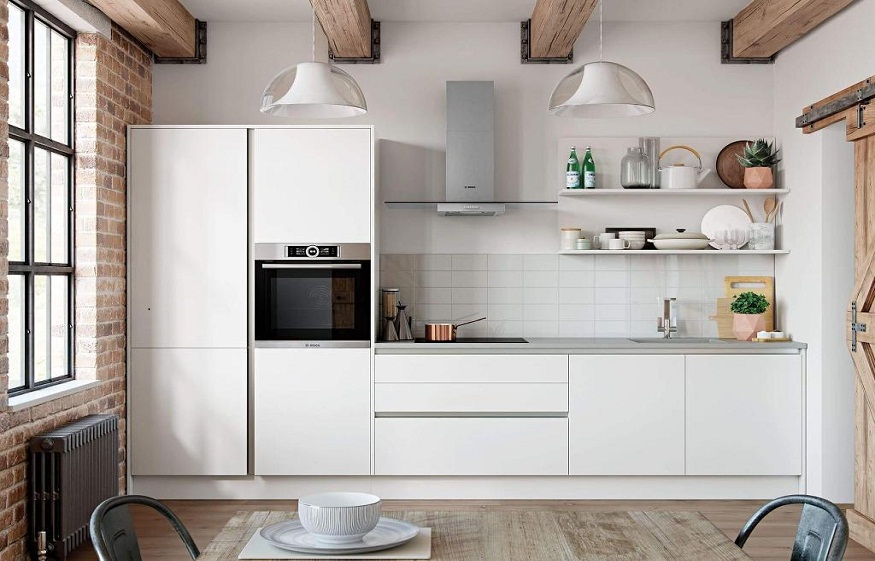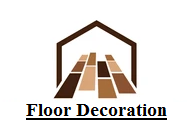
“Designer kitchen” is one of those phrases that gets thrown around a lot, but what does it actually mean? Is it about the cost? The brand? Or the look? In truth, it’s none of these things on their own—but rather a thoughtful combination of design, quality, function, and visual harmony.
Here, we break down what defines a designer kitchen, how you can achieve the look in your own home, and why German kitchen brands are often the go-to choice for homeowners and interior designers alike.
What Is a Designer Kitchen?
Let’s start by dispelling the myth that “designer” automatically means expensive. Professional designer,Torben Schmid in Cornwall, advises that a designer kitchen isn’t simply about luxury materials or high-end appliances—though these often play a part. It’s about intentionality. Every detail is considered, from the flow of movement through the space to the texture of a cabinet door or the width of a drawer. Nothing is accidental, and nothing is wasted.
Designer kitchens tend to be:
- Thoughtfully laid out – prioritising functionality and comfort
- Visually cohesive – with a strong design narrative or aesthetic
- Tailored to the homeowner – often bespoke or semi-bespoke
- Built to last – using durable materials and trusted manufacturing
- Integrated – making use of concealed appliances, hidden storage, and streamlined surfaces
Ultimately, a designer kitchen is one that feels personal, considered, and a pleasure to use every day.
How to Achieve the Designer Look
If you’re planning a new kitchen and want to aim for something that feels designer—rather than off-the-shelf—then it’s worth taking your time. The following are key steps to achieving a space that’s both practical and visually impressive.
1. Focus on the Layout First
Think carefully about how you use your kitchen: where you cook, where you prep, and how you move between zones. Designer kitchens typically use principles like zoning or concealed task areas to ensure everything has its place.
For example, many German kitchens feature layouts that balance symmetry with practical zones—keeping appliances together or building in separate areas for washing, prepping, and cooking.
2. Invest in Quality Cabinets
Cabinetry is what defines your kitchen visually, so it pays to invest here. German kitchen brands in particular have a strong reputation for precision engineering and finish quality. Brands like Bauformat, Nobilia, Leicht,Schüller, and Next125 all offer clean lines, solid construction, and innovative storage options.
Choosing handleless doors, integrated lighting, or high-pressure laminate fronts can instantly elevate the space and make it feel more bespoke.
3. Add Texture, Not Just Colour
One element that often sets designer kitchens apart is the use of texture. While many people fixate on colour palettes, texture is what gives a space depth and interest. Think structured matt finishes, brushed metallics, soft-touch laminates, or even real wood veneers for warmth.
Texture can be introduced through worktops, splashbacks, or open shelving. It works particularly well in modern German kitchens, where sleek surfaces meet tactile contrasts to soften the design.
4 . Don’t Neglect Lighting
Lighting plays a massive role in the feel of your kitchen. Designer kitchens rarely rely on a single ceiling fitting. Instead, they include layered lighting: task lighting under cabinets, ambient lighting above cupboards or within plinths, and feature lighting such as pendants or wall washers.
LED strip lights, dimmable circuits, and smart lighting controls can all help shape different moods throughout the day.
5. Choose Statement Worktops
Worktops have a huge visual impact and are a great way to introduce a focal point. Quartz, Dekton, ceramic, and even stainless steel are all used in designer kitchens—not just for their durability but for their style.
A bold veined quartz worktop can bring drama to an otherwise minimal design, while a seamless concrete-effect surface adds contemporary edge.
6.Consider Open and Closed Storage Balance
A common thread in designer kitchens is the balance between open and closed storage. Too many doors can make a kitchen feel boxy, while too much open shelving can lead to clutter.
By mixing the two—such as floating oak shelves above a handleless bank of tall units—you create a more considered space. It also gives you an opportunity to show personality through objects, books, or ceramics, while keeping everything else tucked neatly out of sight.
How German Kitchen Brands Help You Achieve a Designer Look
It’s no coincidence that many of the world’s top kitchen designers choose German kitchen manufacturers when planning high-spec spaces. Their popularity isn’t just down to looks—it’s the engineering beneath the surface that often seals the deal.
Precision as Standard
German manufacturers are known for their attention to detail. Cabinets arrive pre-assembled from the factory, rather than flat-packed, ensuring structural integrity and long-term durability.
The precision also extends to visual consistency—gaps between doors and drawers are uniform and minimal, and corner units align perfectly.
Modular Flexibility
German kitchens are typically built using modular systems, which offer a surprising amount of flexibility. This means you can achieve a fully fitted look tailored to your space without having to go fully bespoke. Most brands offer multiple cabinet heights, depths, and widths, along with a vast range of finishes—matt, gloss, ceramic, lacquered glass, wood effect, or real veneer.
You can mix styles within the same kitchen to create contrast—perhaps pairing a natural wood effect island with ultra-matt graphite wall units.
Innovation in Storage
You’ll often find clever features built in as standard: pull-out larders, hidden drawers within drawers, integrated bins, and corner carousels that glide effortlessly. These kinds of details make everyday use smoother and more enjoyable—and they look slick when demonstrated.
For those working with compact kitchen spaces, this level of innovation can help you make the most of every millimetre without compromising on looks.
How to Add Value with a Designer Kitchen
Whether you’re planning to stay long-term or thinking ahead to resale, a well-designed kitchen can significantly increase the appeal and value of your home.
1. Future-Proof Your Choices
Choose finishes and features that will stand the test of time. Soft matt fronts in muted tones tend to age better than high-gloss brights or over-styled looks. Likewise, opting for a neutral base means you can refresh the space later with accessories or paint, rather than replacing cabinetry.
2. Prioritise Functionality
Buyers and homeowners alike appreciate a kitchen that works well day-to-day. Integrated bins, quiet appliances, solid storage solutions, and enough worktop space for prep all add to the experience of the room.
3. Consider Sustainability
Increasingly, value isn’t just about aesthetics or resale—it’s about ethics. Many German kitchen manufacturers (such as Nobilia) are committed to sustainable production, FSC-certified materials, and energy-efficient operations. These factors matter to buyers and add long-term credibility to your kitchen investment.
Work with a Specialist
Working with an experienced kitchen designer such as Nobilia German Kitchens by Square in Sheffield, will give you access to planning knowledge you won’t find online. They’ll help you make better decisions on layout, finishes, and storage—and can often help you avoid expensive mistakes.
Many German kitchen showrooms offer a design service as part of the process, meaning you benefit from expert advice without additional cost.
Final Thoughts: Design Is in the Details
A designer kitchen isn’t about copying a look from a brochure—it’s about creating a space that suits you, functions beautifully, and feels thought through. From the structure of the layout to the tone of the lighting, it’s the little details that bring the whole space together.
Whether you lean towards sleek minimalism or something more textured and natural, working with high-quality components—especially those offered by German kitchen brands—sets you up for success.
You don’t need to spend a fortune, either. With the right guidance and a clear idea of your priorities, a designer kitchen is entirely achievable.

